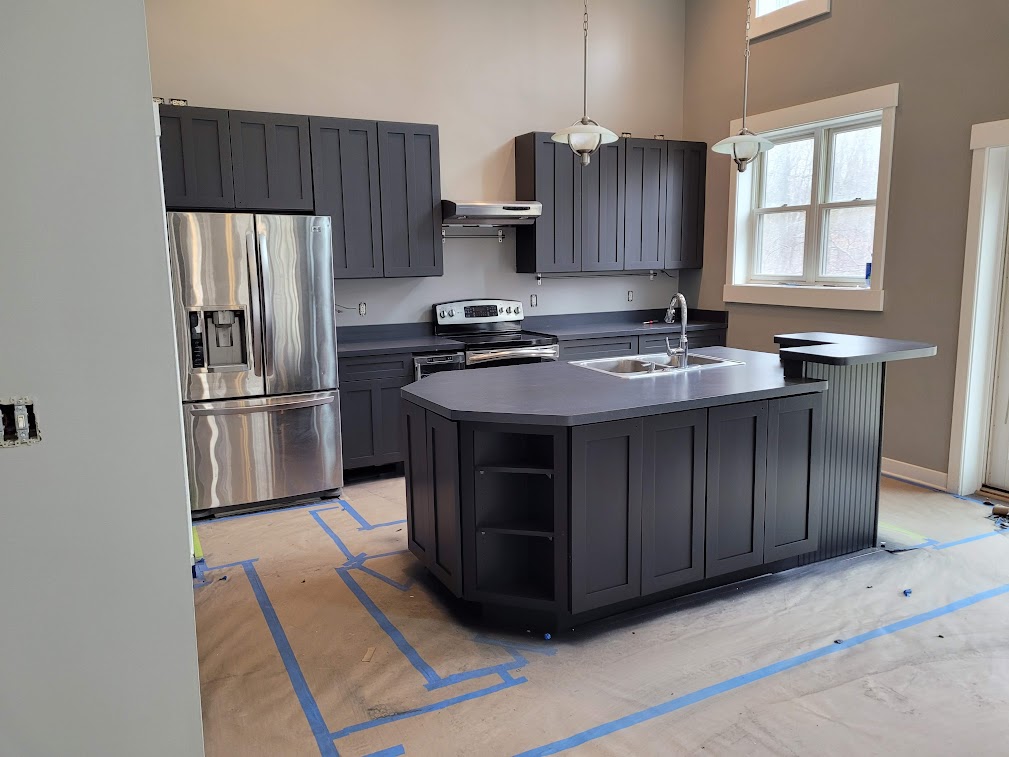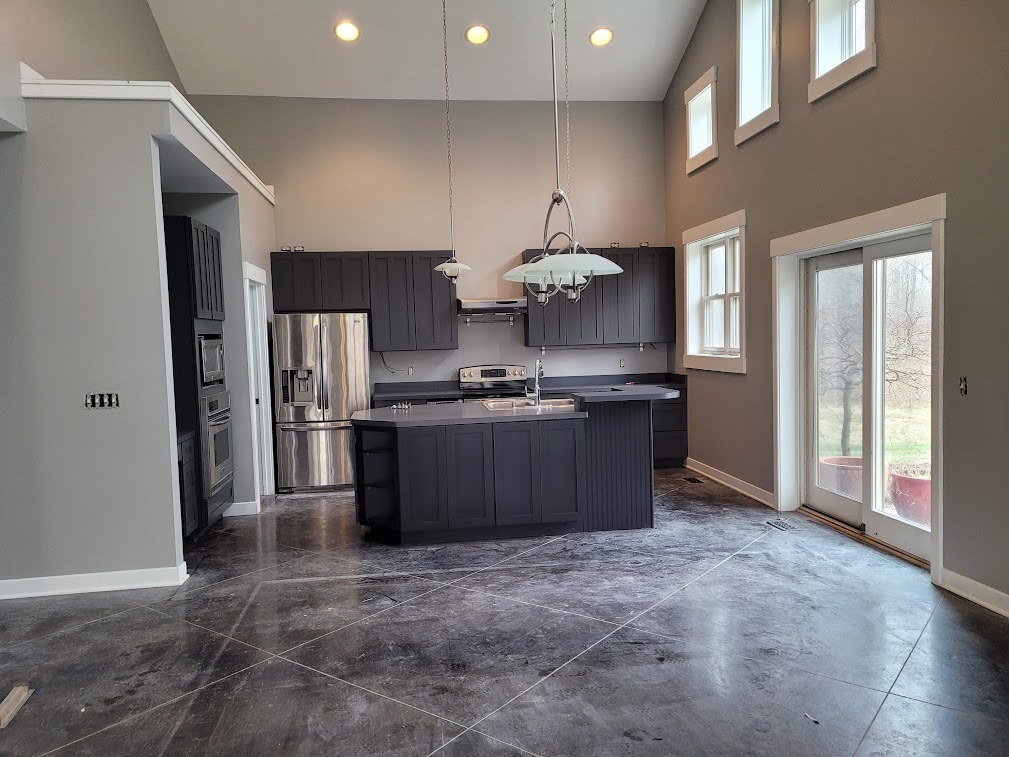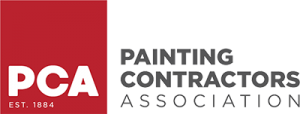Yes, premium paints are generally more reliable, longer-lasting, and provide better coverage and finish. But here’s the catch—paint alone doesn’t guarantee success. Proper surface preparation, correct application, and environmental conditions matter just as much.
Choosing between cheap paint and premium paint is not simply a matter of price. It’s about durability, maintenance, labor costs, and long-term satisfaction. This blog digs deep into the real differences between cheap and premium paints.
Why Paint Quality Matters

METADATA-START
Not all paint is created equal. Paint quality influences how long the finish lasts, how well it resists wear, and how often you’ll need to repaint.
-
Typical lifespan:
-
Premium paints: 8–12 years interior, 7–10 years exterior
-
Budget paints: 2–4 years interior, 1–3 years exterior
-
Cheap paint may appear to save you money upfront, but the hidden costs often outweigh the savings. Frequent repainting means buying more paint, paying more for labor, and dealing with disruption in your home.
There’s also the emotional cost. Uneven finishes, fast fading, and frequent touch-ups create frustration. Even worse, using the wrong paint can void manufacturer warranties, leaving you with zero coverage when peeling, blistering, or premature fading occurs.
Skipping Proper Surface Preparation
The Importance of Surface Prep
You can buy the best paint in the store, but if the surface isn’t properly prepared, the job will fail. Prep work ensures adhesion, a smooth finish, and long-lasting results.
Key steps include: cleaning dirt and oils, sanding glossy surfaces, scraping loose paint, caulking gaps, priming bare areas, and masking off edges. Skip these, and even premium paint won’t last.
Without preparation, you’ll see peeling, cracking, blistering, or uneven sheen. Many homeowners who complain that their premium paint “didn’t last” are often victims of poor prep, not poor paint.
Recommended Prep Products
Professional painters rely on high-performance prep products that help guarantee results:
-
Primers: Zinsser Cover-Stain, Sherwin-Williams Multi-Purpose Primer
-
Caulks/Sealants: Sashco Big Stretch, SherMax Elastomeric
-
Sanding Tools: Festool orbital sanders with HEPA vacuum systems
-
Masking Supplies: 3M Blue Painter’s Tape, heavy-duty drop cloths
When contractors specify these products in their estimates, it’s a sign they take prep seriously.
Paint Quality: Cheap vs. Premium
How Paint Quality Impacts Durability and Finish
The main difference between cheap and premium paint is in the formulation.
-
Cheap paints contain fewer solids, weaker binders, and less pigment. This means poor coverage, fading, weak adhesion, and reduced scrub resistance.
-
Premium paints use higher solids, stronger binders, and advanced pigments. The result is longer life, richer color, smoother finish, and stronger UV protection.
Premium paints resist peeling, fading, and scrubbing far better than their budget counterparts.
Product Comparison Table
| Feature | Premium Paint (e.g., Benjamin Moore Aura, Sherwin-Williams Duration) | Budget Paint (Big Box Generic) |
|---|---|---|
| Coverage | 250–400 sq. ft./gal | 150–250 sq. ft./gal |
| Durability | 8–12 years | 2–4 years |
| Fade Resistance | High | Low |
| Scrub Resistance | Excellent | Poor |
| VOC Level | Low | Often higher |
Best Practices
When reviewing a contractor’s estimate, check that it specifies:
-
Paint brand and line
-
Number of coats
-
Primer usage
-
Manufacturer warranty terms
A professional will also match the paint to the environment—choosing UV-resistant coatings for sunny exteriors, moisture-resistant formulas for bathrooms, or scrubbable finishes for high-traffic walls.
Application Mistakes That Undermine Paint

Common Application Errors
Even premium paint won’t perform well if it’s applied incorrectly. Mistakes include:
-
Using the wrong brush or roller nap length
-
Over-thinning or poor mixing
-
Applying too few coats
-
Painting in extreme weather (too hot, cold, or humid)
Tips for Homeowners
-
Confirm the painter follows manufacturer recommendations for mixing and application.
-
Ensure the correct number of coats is applied.
-
Check weather conditions before exterior projects.
Coverage and Finish: What to Expect from Cheap vs. Premium
Coverage Differences
Premium paints have more solids, which means they spread further and cover better. A single gallon of premium paint often covers 250–400 sq. ft. Budget paints may cover only 150–250 sq. ft., forcing you to buy more gallons for the same area.
Finish Quality
Premium paints deliver uniform sheen, excellent adhesion, and fewer visible brush strokes. Cheap paints tend to streak, fade quickly, and leave an inconsistent finish.
Cost vs. Value: Is Premium Paint Worth It?
Long-Term Cost Comparison
| Factor | Cheap Paint | Premium Paint |
|---|---|---|
| Material Cost | Low upfront | Higher upfront |
| Labor Cost | Higher (due to frequent repainting) | Lower long-term |
| Repainting Frequency | Every 2–4 years | Every 8–12 years |
| Warranty Coverage | Limited | Full (if applied correctly) |
Premium paint’s higher upfront cost is offset by reduced repainting cycles, lower labor costs, and fewer disruptions.
How Homeowners Can Protect Their Investment
Questions to Ask Painters
-
Which paint brand and line do you recommend?
-
How many coats and what primer are included?
-
Do you follow manufacturer guidelines for warranty compliance?
-
Are you licensed and insured?
Homeowner Checklist
-
Verify prep work is included
-
Confirm paint brand, line, and coat count
-
Ensure contractor experience with similar surfaces
-
Check that warranty and cleanup are included in the contract
People Also Ask
Q: Does premium paint really last longer than cheap paint?
Yes. Premium paints contain higher-quality solids, binders, and pigments that directly improve durability.
Q: Can cheap paint ever be a good choice?
Yes, but only for temporary projects, rental units, or low-traffic areas where durability isn’t a concern.
Q: How many coats should I apply?
Most surfaces need 2–3 coats. With premium paint on a same-color repaint, one coat may be enough.
Q: Does primer affect paint performance?
Absolutely. Primer improves adhesion, prevents stains from bleeding through, and ensures even coverage.
Q: How do environmental factors affect paint lifespan?
Moisture, UV exposure, and temperature extremes all reduce durability—making premium paints with added protection a smarter investment outdoors.
Making the Smart Choice
Cheap paint may seem like a bargain, but it often costs more in the long run through frequent repainting, higher labor, and frustration. Premium paint, combined with proper prep and professional application, delivers lasting beauty and value.
If you want results that stand the test of time, trust premium paint—and the professionals who know how to apply it right.



